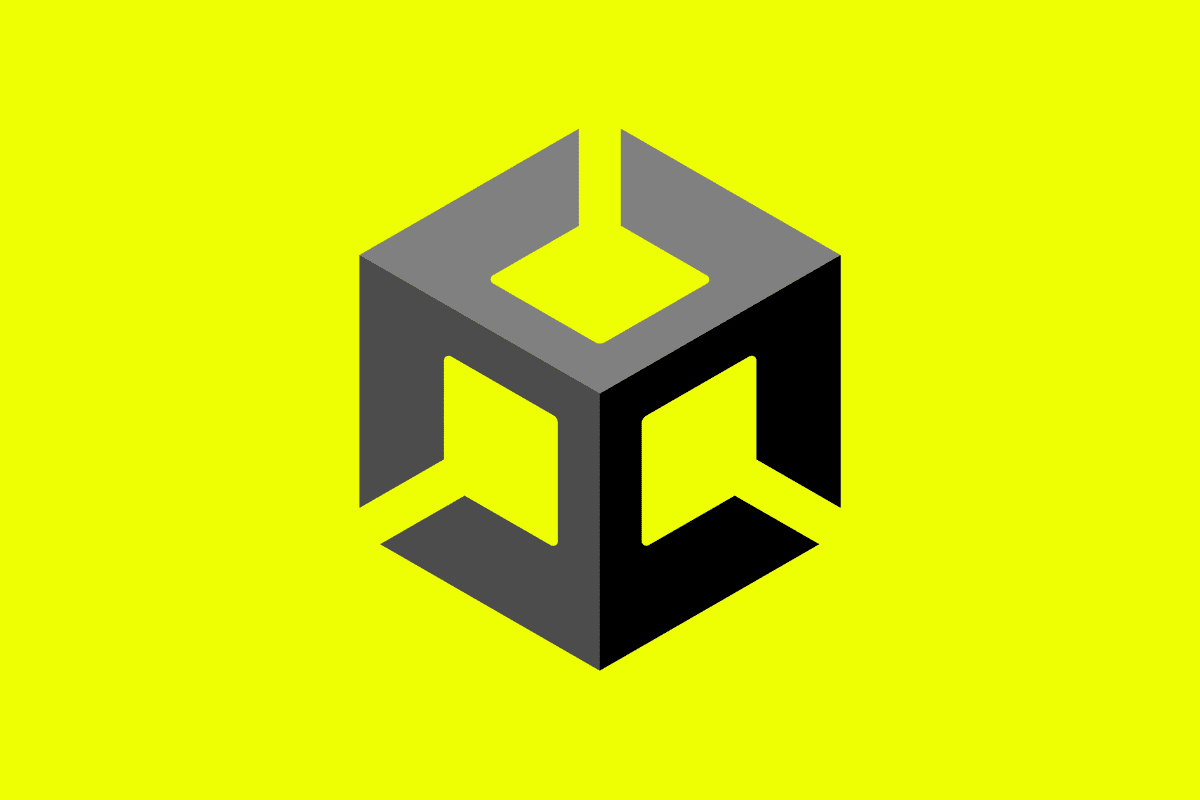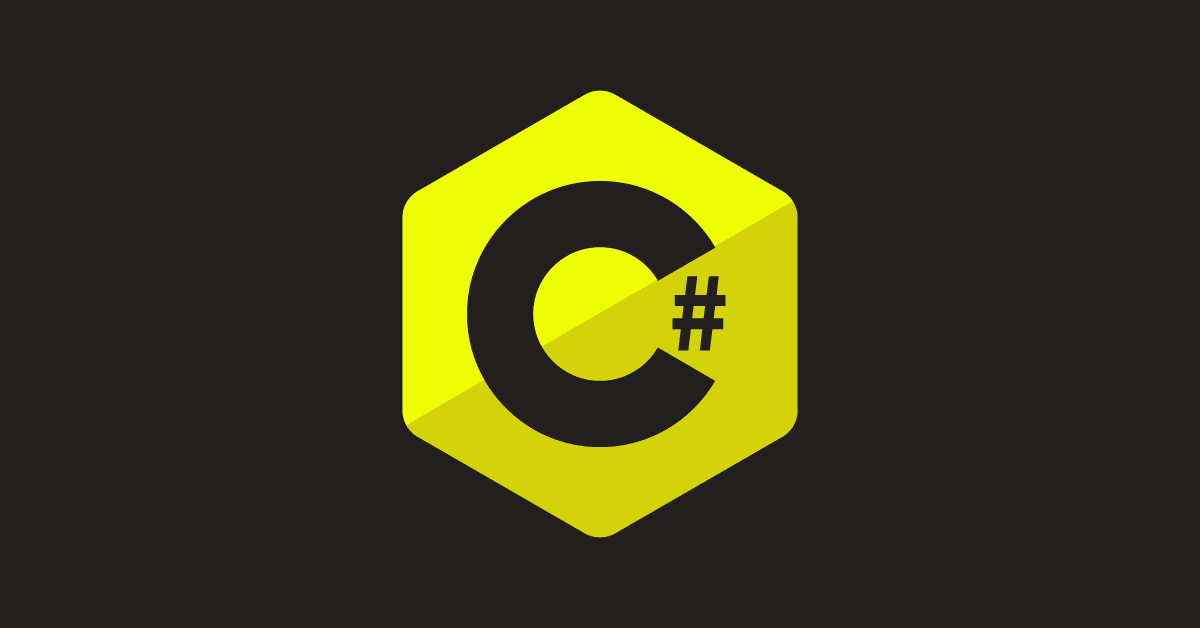
Unity C# symbolication is the process of converting memory addresses in a compiled Unity application into readable C# method names, file names, and line numbers, which aids in debugging and understanding crash reports.
As you may have seen in our recent release announcement, Embrace now supports C# symbolication for Unity projects!



